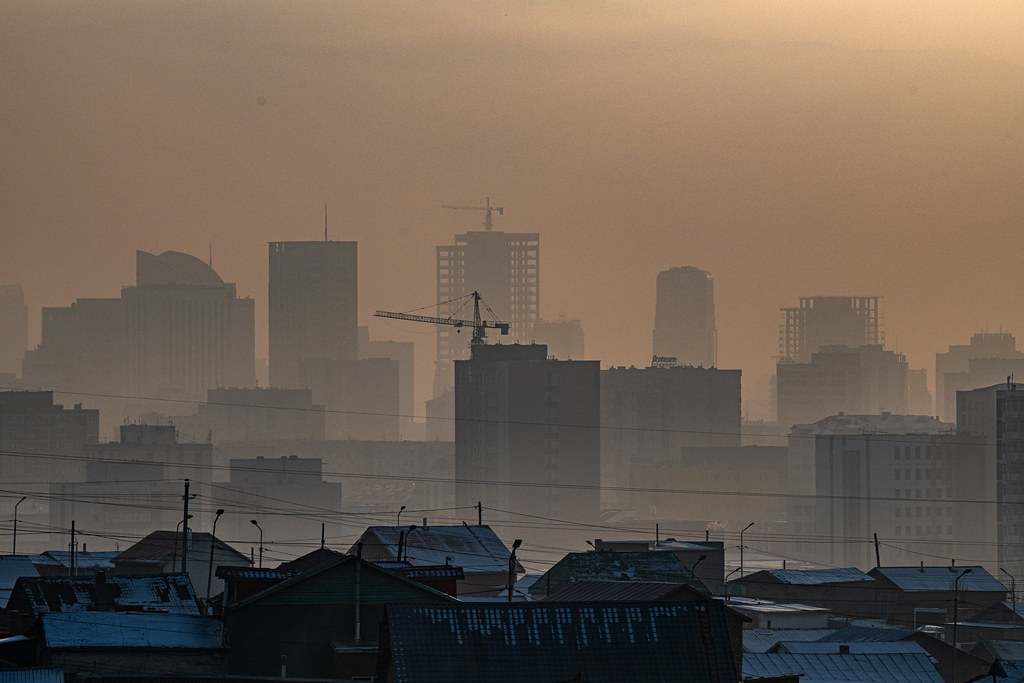Urgent action needed for deteriorating air quality in South-Asian countries: ICIMOD

Kathmandu: Deteriorating air quality and hazardous levels of particulate matter (PM) in several South Asian countries, including India and Nepal, poses a severe risk to human health and must be addressed urgently, a Kathmandu-based intergovernmental knowledge centre warned on Wednesday.
The International Centre for Integrated Mountain Development (ICIMOD) is a knowledge and learning centre working on behalf of the people of the Hindu Kush Himalaya region and its eight regional member countries – Afghanistan, Bangladesh, Bhutan, China, India, Myanmar, Nepal, and Pakistan.
In a statement released on Wednesday, the organisation pointed to recent data and expressed concern about the rising PM levels. It added that an increase in PM level poses a severe risk to human health, The Kathmandu Post newspaper reported.
South Asia is home to 9 of the world’s 10 cities with the worst air pollution. Bad air quality causes an estimated 2 million premature deaths across the region each year and incurs significant economic costs- almost 7.4% of the region’s gross domestic product. The concentrations of fine particulate matter such as soot and small dust (PM 2.5) in some of the region’s most densely populated and poor areas are up to 20 times higher than what WHO considers healthy (5 µg/mᶾ). Exposure to such extreme air pollution has impacts ranging from stunting and reduced cognitive development in children, to respiratory infections and chronic and debilitating diseases. This drives up healthcare costs, lowers a country’s productive capacity, and leads to lost days worked.
Air pollution, however, is not limited to a city, state, or national boundaries- it is transboundary in nature. Our latest report Striving for Clean Air: Air Pollution and Pulic Health in South Asia highlights that more than 50% of the air pollution in major cities is not local, but travels from outside. It also emphasizes that regional cooperation can help implement cost-effective joint strategies that leverage the interdependent nature of air quality. The most cost-effective strategy, where all countries work in tandem, would cut the average exposure of PM 2.5 to 30 µg/m³ and save over 750,000 lives annually.




